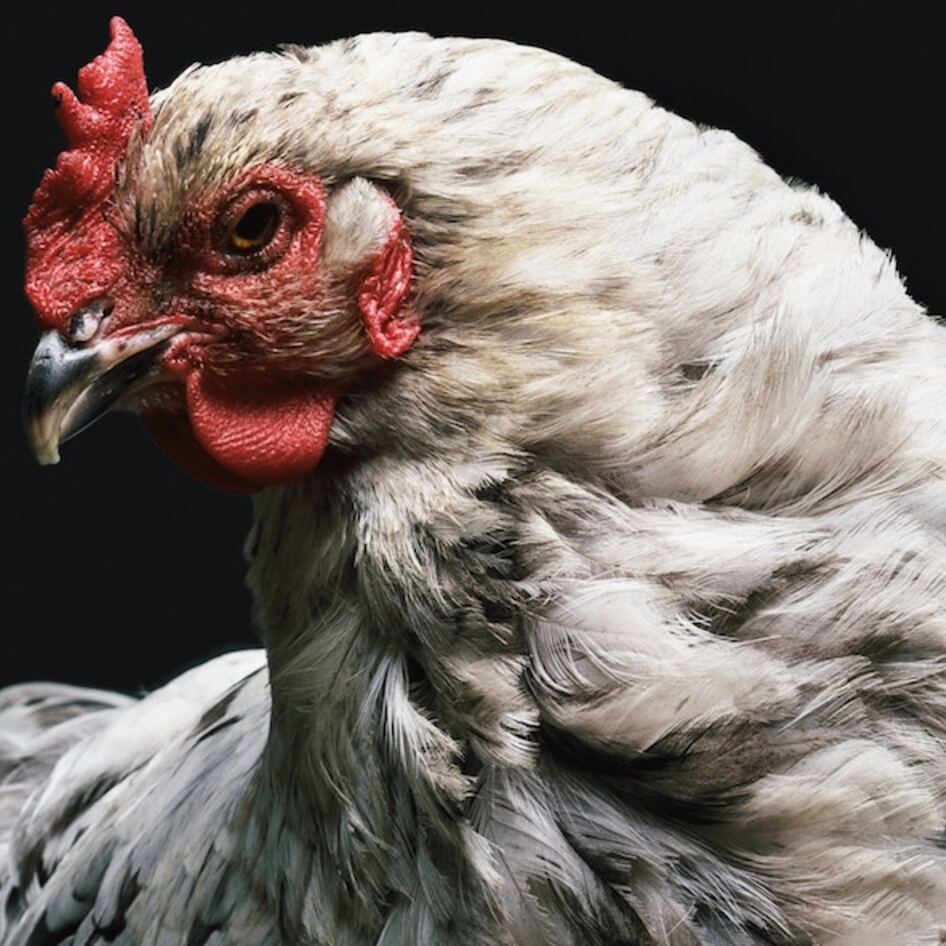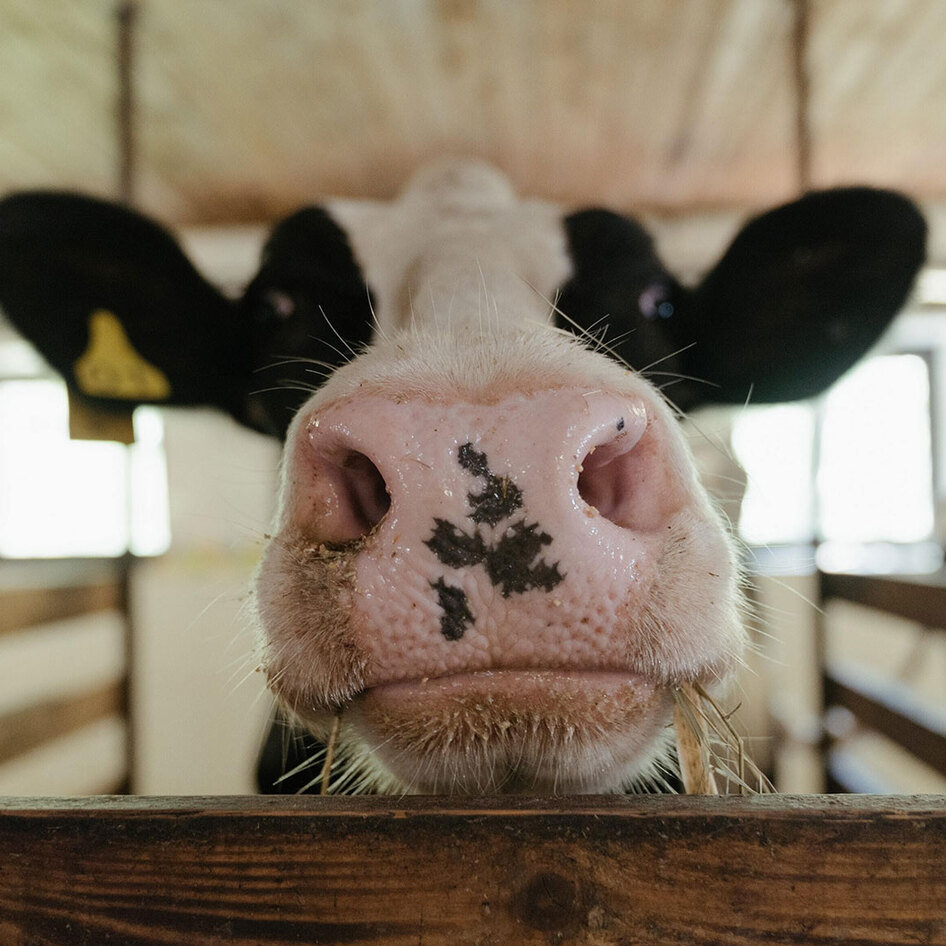Why US Meat Consumption is Falling
After a swift rise, meat consumption in the US is now declining faster than anyone would have predicted. Here’s why.
September 9, 2012
“Kings of the Carnivores.” That’s what The Economist called Americans in April when looking at global per capita meat consumption. Only Luxembourg eats more meat. Indeed, nearly every year since World War II, as America’s population has increased, so has the number of animals we raise and kill for food. The amount of meat we eat per person has also steadily increased throughout much of our history, and with that increase, more farm animals have been taken off the land and forced to live in factories. To put it mildly, it hasn’t exactly been a good half-century for farm animals.
That is until the last five years, when American meat consumption began to take a nose dive—an unprecedented 12.2 percent drop, to be precise. During that same time period, the US population grew by millions, yet because of this drop in per capita meat consumption, we’ve been raising and killing several hundred million fewer farm animals each year, amounting to billions of fewer animals enduring inhumane factory farming practices than would be expected given historical trends.
What’s Driving the Trend?
We needn’t wonder about the cause of this drastic drop, since we can ask the experts themselves. CME Group—one of the world’s largest derivatives exchanges and owner of the Dow Jones Index—issued its own analysis. CME points to increased feed costs, which raise the price of animal products, and revealingly, they also note:
“Add in the efforts of a large number of non-governmental agencies that oppose meat consumption for reasons ranging from the environment to animal rights to social justice and one could conclude that it was amazing that consumption held up as long as it did.”
Exactly. People are choosing to eat fewer animals, and not just to save money—although that’s a compelling reason. The signs to support this idea are all around us.
A Kansas State Study concluded that animal protection campaigns have tangibly reduced demand for poultry and pork; a Nation’s Restaurant News cover feature titled, “Veggie-heavy brands see growth in sales, popularity with consumers,” touted the growth in meat-free eating; and a global food-industry consulting service made clear that the campaigns about the problems of mass meat production are “impacting consumer markets.” A USA Today article from March summed it up: “Whether due to rising prices, concern for the environment, or a growing emphasis on health, Americans are eating less meat.” The pressure is being felt all over, and for the first time in decades, our overconsumption of meat is beginning to get reined in.
The Big Surprise
Interestingly, the numbers and headlines aren’t being driven by an influx of new vegetarians and vegans. Last year, a national poll found that the number of vegetarians in America remained at about 5 percent. But the same poll found that a whopping 16 percent of people now eat vegetarian more than half time. In other words, take 50 million people and put them on a so-called “flexitarian” diet, and the shrinking figures for meat consumption start making sense. Put another way, while Americans may not exactly be turning to vegetarianism in droves, tens of millions of people are deciding that the American diet need not be so heavy in animal products. And anyone concerned about animal suffering, the planet, or public health should be able to agree that’s a good thing.
While this decline in meat consumption has helped to reduce the number of animals raised for food, a drive for better treatment of farm animals has also been increasingly successful during this same period. In fact, while 10 years ago no state had banned any standard factory-farming practice over animal-welfare concerns, today nine states have passed laws to prohibit practices such as confining pigs, calves, and chickens in tiny cages, cutting off dairy cows’ tails, and force-feeding ducks for foie gras. And an increasing number of major retailers are also demanding improved treatment of farm animals by their suppliers.
Important Steps Forward
Just a few years ago, it seemed inevitable that the United States would retain its place as the king of carnivores. A sharp drop in meat consumption would have seemed impossible to virtually any reasonable onlooker. And yet it was Nelson Mandela who declared, “it always seems impossible—until it’s done.” But we shouldn’t forget that these trends aren’t self-executing. They’re occurring for an array of reasons, including the work of so many thousands of animal, health, and environmental advocates who keep making the case for a more humane and sustainable diet. Billions of animals have been spared the misery of factory farms in part due to their efforts—an historic accomplishment, for sure.
The longest journeys begin with single steps, and of course the animal-protection movement still has a long way to go. But we’ve taken many important steps in recent years, steps few would have imagined possible just five years ago. As the late animal activist Henry Spira liked to say, it’s up to us to keep pushing the peanut forward.
Paul Shapiro is the vice president of farm animal protection at the Humane Society of the United States. You can follow him on Twitter at @pshapiro.
JUMP TO ... Latest News | Recipes | Guides | Health | Shop







